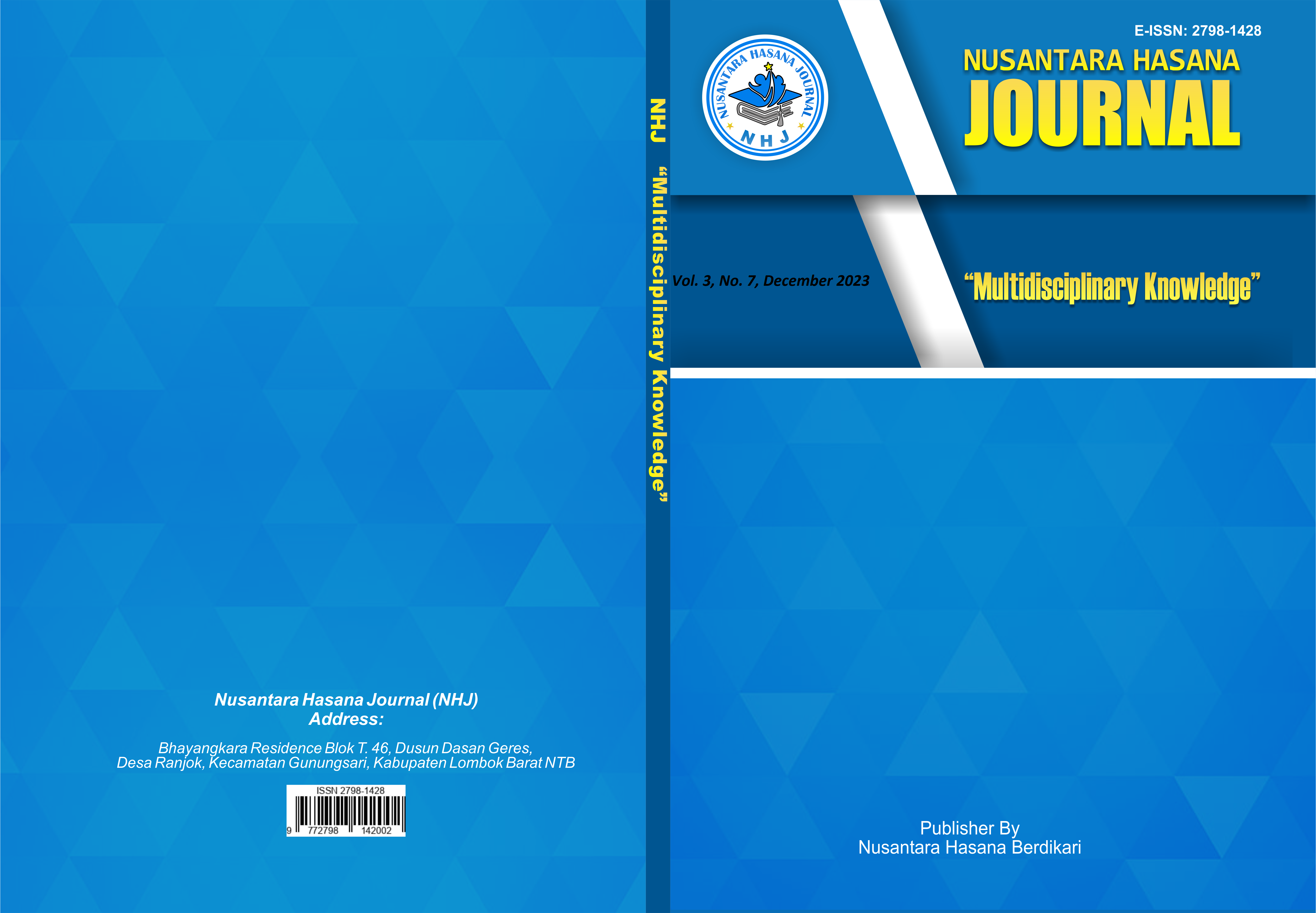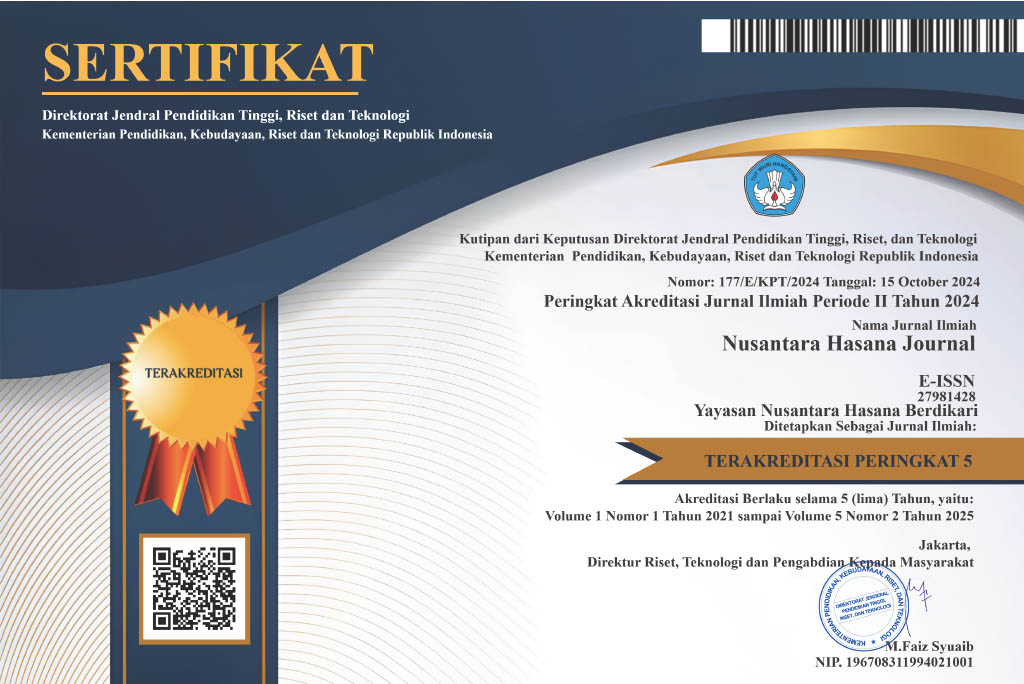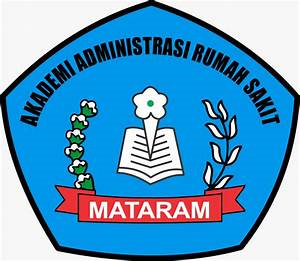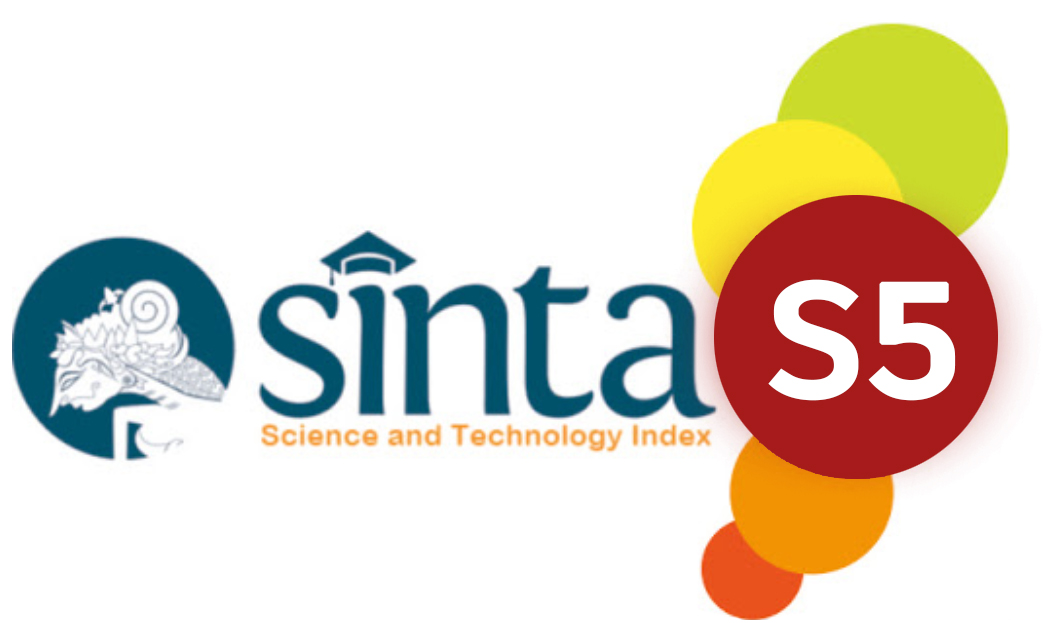PROFIL KEPATUHAN MINUM OBAT PADA PENDERITA TUBERKULOSIS PARU DI RST DR. REKSODIWIRYO PADANG
DOI:
https://doi.org/10.59003/nhj.v3i7.1292Keywords:
Age, gender, education, occupation, compliance with medication consumption, Pulmonary TB PatientsAbstract
The situation of pulmonary tuberculosis in the world is getting worse, the number of pulmonary TB cases is getting out of control with the number of TB patients who have not been successfully cured. To overcome and control the problem of TB disease it is recommended to use the DOTS (Direcly Observed Treatment Shortcourse) strategy. DOTS or treatment with direct observation. Patient discovery and healing is a major focus of the DOTS strategy. One of the important targets that must be achieved in TB control is to cure 85% of infectious TB cases in the community. Objective: To determine the profile of medication adherence in patients with pulmonary tuberculosis at RST Dr. Reksodiwiryo Padang. The scope of this research is research covering the field of pulmonary disease. This research was conducted at RST Dr. Lung Poli. Reksodiwiryo Padang. The research used in this research is descriptive quantitative with cross sectional design. The population was all pulmonary TB patients who were treated at the pulmonary clinic at RST Dr. Reksodiwiryo Padang in 2019 with 67 samples. Univariate data analysis is presented in the form of frequency distribution and percentage and data processing using the computerized SPSS program. The most were 46-55 years old, namely 14 people (20.9%), the most respondents were male, namely 37 people (55.2%), the most respondents with non-school education were 37 people (55 , 2%), the most respondents were civil servants / private workers, namely 23 people (34.3%) and the most respondents with adherence to taking medication obediently, namely 52 people (77.6%). The most age of pulmonary TB patients is 46-55 years, the most sex is experienced by men, the most education is not going to school, the most occupations are civil servants / private companies and the most obedient to taking medication.
Downloads
References
Depkes RI. 2018. Kementrian Kesehatan Republik Indonesia. Kementrian Kesehatan RI.
Tegalboto K, Timur JJ. 2018. Peran Kadar dalam Meningkatkan Keberhasilan Program Pengobatan Pencegahan dengan Isoniazid (PP INH) pada di Kabupaten Jember.
World Health Organization. 2014. Global Tuberculosis Report 2014.
Dinas Kesehatan Kota Padang. 2017. Profil Kesehatan Kota Padang 2017.
De Maar R. Analisis Faktor Resiko Kejadian TB Paru di Wilayah Kerja Puskesmas Kertapati Palembang.
Jasaputra, D.K., Onggowidjaja P., & Soeng, S. 2015. Akurasi Deteksi Mycobacterium tuberculosis dengan teknik PCR menggunakan ‘’Primer X’’ dibandingkan dengan pemeriksaan mikroskopik (BTA) dan Kultur Sputum Penderita dengan Gejala Tuberculosis Paru. Jurnal Kedokteran.
Maranatha. 2014.
Wahyuningsih E. 2013. Pola Klinik Tuberculosis Paru di RSUP DR.Kariadi Semarang Periode juli 2012 sampai agustus 2013.
Kemenkes RI. 2015. Pusat Data dan Informasi Kementrian Kesehatan RI: Tuberkulosis.
Riskesdas K. Hasil Utama Riset Kesehata Dasar (RISKESDAS).
World Health Organization. 2018. Global Tuberculosis Report 2018. World Helath Organization.
Kurmasela P. Grace, J. S. M. Saerang. 2019. Hubungan antara komunikasi interpersonal dan motivasi petugas kesehatan terhadap kepatuhan berobat penderita TB Paru di wilayah kerja puskesmas tuminting manado. Universitas Sam Ratulangi.
Reny, M. Hubungan antara karakteristik kontak dengan adanya gejala TB Paru pada kontak penderita TB Paru BTA+. jurnal berkala epidemiologi.
Christin A, Rachmat H, DR. 2012. Hubungan Keadaan Lingkungan dan Perilaku Pencegahan dengan kejadian TB Paru di Puskesmas Hajimena Kabupaten Lampung Selatan.
Widoyono 2008. Penyakit Tropis Epidemiologi, Penularan, Pencegahan, Pemberantasannya. Jakarta: Erlangga.
Iwata Y, Uchida K. 2014. Relay Control for a vibration Isolator Using the Theory of Variable Structure Systems.
Ayutahrami, Lestari S. 2019. Faktor Resiko Kejadian TB Paru BTA+ di Puskesmas Kecamatan Kramat Jati Jakarta Timur.
Darsyah, M.Y. 2014. Klasifikasi Tuberkulosis dengan pendekatan metode supports vector machine (SVM). Jurnal Statistika Universitas Muhammadiyah Semarang, 2 (2).
Lewis dan Roger J. an Introduction to Classification and Regression Trees (CART) Abalysis. Presented at the 2000.
PDPI. 2011. Pedoman Penatalaksanaan TB (Konsensus TB).
Sudoyo AW, Setiyohadi B Alwi I. Sumadi, Brata M. 2014. Buku Ajar Ilmu Penyakit Dalam. Jakarta: Interna Publishing.
Groenewald W, Bairds MS, Verschoor JA, MinnikinDE, Croft AK. 2014. Differential spontaneous folding of mycolic acids from Mycobacterium tuberculosis. Chem Phy Lipids.
Rohayu, N., & Yusran, S.E. 2016. Analisis Faktor resiko kejadian TB Paru BTA+ pada masyarakat pesisir selatan di wilayah kerja Puskesmas Kadatua Kabupaten Buton Selatan tahun 2016.
Hayati, Amelia. 2013. Evaluasi kepatuhan berobat penderita TB Paru taun 2010-2011 di puskesmas kecamatan Pancoran depok.
Kementrian Kesehatan RI.2016. Profil Kesehatan Indonesia Jakarta: Kementrian Kesehatan Republik Indonesia.
Gendhis I.D. 2012. Hubungan antara pengetahuan,sikap pasien dan dukungan keluarga dengan kepatuhan minum obat pada pasien TB Paru di BKPM Pati. Jurnal Penelitian
Sirait, R.A., & Lubis, I.J.V. 2018. Pengaruh Kepatuhan dan Motivasi penderita TB Paru terhadap tingkat kesembuhan pengobatan di puskesmas tanjung Morawa Kabupaten Deli Serdang tahun 2017. Jurnal Penelitian Kesmary, 1(1): 31-36.
Nurkumala Sari, N., Wahyuni, D., & Ningsih, N. 2016. Hubungan karakteristik penderita tuberkulosis paru dengan hasil pemeriksaan dahak di Kabupaten Ogan Ilir. Jurnal Keperawatan Sriwijaya, 3(2), 51-58.
Fitria E, Ramadhan R, Rosdiana R. 2017. Karakteristik penderita tuberkulosis paru di puskesmas rujukan mikroskopis Kabupaten Aceh Besar. J penelitian Kesehatan, 4 (1): 13-20.
Syaifiyatul H. 2020. Kepatuhan minum obat anti tuberkulosis pada pasien TB Paru Regimen kategori 1 di puskesmas palengaan. Universitas Islam Madura.
Susilayanti EY.2014. Pofil penderita penyakit Tuberkulosis Paru BTA+ yang ditemukan di BP4 lubuk alung periode januari 2012-desember 2012. Jurnal Kesehatan Andalas, 3 (2): 153-154.
Panjaitan N. 2014. Pengaruh Pendidikan Kesehatan Terhadap Peningkatan Perilaku Penderita Tuberkulosis Paru dalam Kepatuhan Berobat di Rindu A3 RSUP H. Adam Malik Medan. Jurnal ilmiah Pannmed, 2 (9).
Hakim MA. 2017. Karakteristik Penderita Tuberkulosis Paru di Wilayah Kerja Puskesmas Poasia Kota Kendari. Politeknik Kesehatan Kendari.
Rahmatillah T, Nuzirwan Acang AA. 2017. Gambaran karakteristik penderita TB paru di balai besar kesehatan paru masyarakat Bandung tahun 2017. Pros Pendidik, 5 (4): 518–525.
Wadjah N. 2012. Gambaran Karakteristik Penderita TBC Paru Di Wilayah Kerja Puskesmas Pagimana Kecamatan Pagimana Kabupaten Banggai Tahun 2012.
Naga, S. 2012. Ilmu Penyakit Dalam. Yogyakarta: DIVA press.
Kumiasari RAS, Suhartono, Cahyo K. 2012. Faktor Risiko Kejadian Tuberkulosis Paru di Kecamatan Baturetno Kabupaten Wonogiri. Media Kesehat Masy Indones., 11 (2): 198-204.
Rukmini, Chatarina U.W. 2011. Faktor-faktor TB Pau dewasa di indonesia (Analisis Data Riset Kesehatan Dasar Tahun 2010). Bul Penelit Sist Kesehat., 14 (4): 320-331.
Notoatmodjo S. 2014. Kesehatan Masyarakat Ilmu dan Seni. Jakarta: Rineka Cipta.
Wulandari DR, Sugiri YJ. 2013. Diabetes melitus dan permasalahannya pada infeksi tuberkulosis. J Respirasi Indo.
Lahabama J. 2013. Hubungan kepadatan hunian rumah terhadap penularan tuberkulosis paru di Kota Pontianak Tahun 2010-2011.
Pameswari P, Halim A, Yustika L. 2016. The Level of Compliance of Tuberculosis Patien at Mayjen H. A Thalib Kerinci Hospital. J Sains Farm Klin, 2 (2): 116-121.
Bello SI, Itiola OA. 2010. Drug Adherence amongst tuberculosis patient the University ofllorin Teaching Hospital, Ilorin, Nigeria. African Journal of Pharmacy and Pharmacology, 4 (3): 109-114.
Downloads
Published
How to Cite
Issue
Section
License
Copyright (c) 2023 Nilas Warlem

This work is licensed under a Creative Commons Attribution-NonCommercial-ShareAlike 4.0 International License.
NHJ is licensed under a Creative Commons Attribution-NonCommercial-ShareAlike 4.0 International License.
Articles in this journal are Open Access articles published under the Creative Commons CC BY-NC-SA License This license permits use, distribution and reproduction in any medium for non-commercial purposes only, provided the original work and source is properly cited.
Any derivative of the original must be distributed under the same license as the original.
























